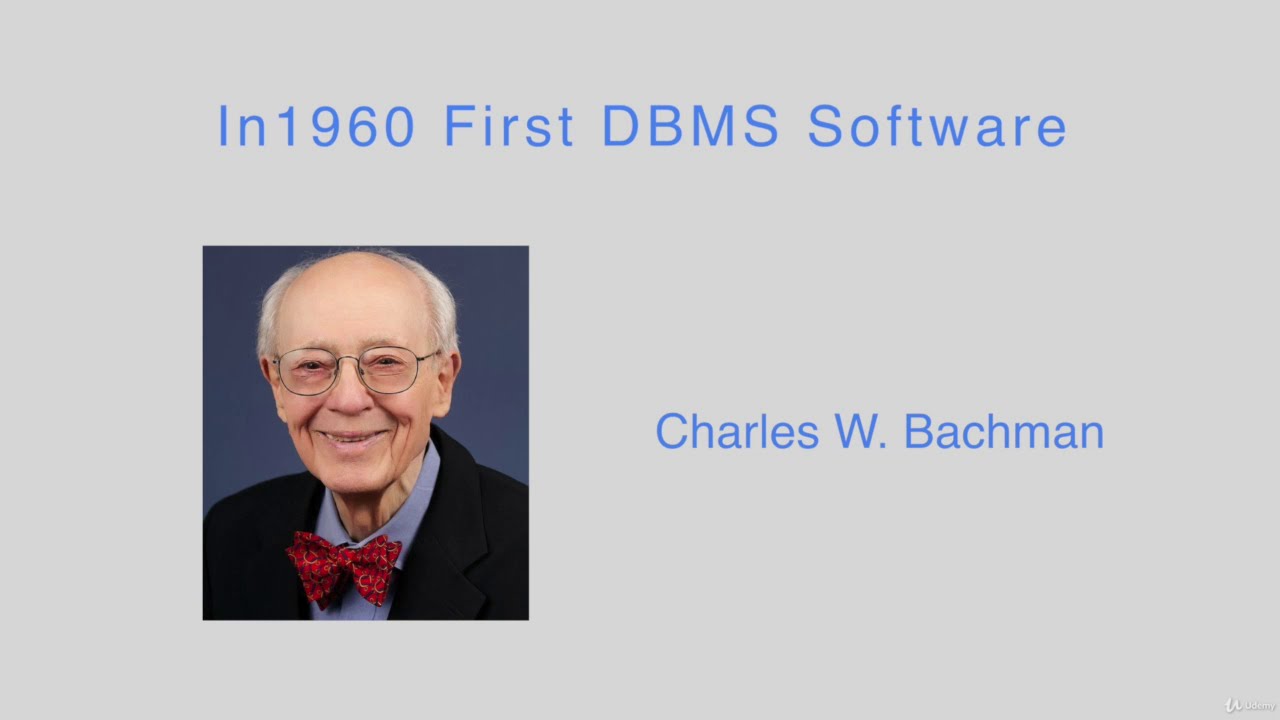Understanding Database Management Systems Pros and Cons, Alternatives, and Best Practices

As technology continues to advance, managing vast amounts of information becomes increasingly critical. This is where database management systems come in, providing an efficient and effective way to store, retrieve, and manage data. A database management system (DBMS) is a software application that enables users to access and manage data stored in databases. In this article, we’ll explore what database management systems are, their benefits and drawbacks, alternatives, best practices, and frequently asked questions.
What is a Database Management System?

A database management system (DBMS) is a software application that facilitates the creation, maintenance, and use of databases. It allows users to store and retrieve data efficiently and effectively, while also ensuring data security, integrity, and consistency. DBMSs provide users with an interface to interact with the database, making it easier to input and access data. There are various types of DBMSs, including relational, object-oriented, document-oriented, and graph-based DBMSs.
How do Database Management Systems Work?

DBMSs work by providing an interface between the user and the database. Users can use the interface to perform operations such as inserting, updating, and deleting data. The DBMS then processes these operations and ensures that they conform to the rules and constraints defined in the database schema. DBMSs also provide tools for managing the database, such as backup and recovery, transaction management, and query optimization.
Pros and Cons of Database Management Systems

Pros
- Efficient data storage and retrieval: DBMSs enable users to store and retrieve data efficiently, reducing the time it takes to access data. They also ensure that data is stored in a structured and organized manner, making it easier to query and analyze.
- Data security and integrity: DBMSs provide various mechanisms for securing and protecting data, such as authentication, authorization, and encryption. They also ensure that data is consistent and free of errors through the use of constraints and validation rules.
- Scalability: DBMSs can scale to handle large amounts of data and users, making them suitable for enterprise-level applications. They also provide features such as replication and partitioning to distribute data across multiple servers.
- Multi-user access: DBMSs allow multiple users to access the database simultaneously, enabling collaboration and concurrent processing.
Cons
- Complexity: DBMSs can be complex to set up and configure, requiring specialized knowledge and training.
- Cost: DBMSs can be expensive to license and maintain, particularly for enterprise-level systems.
- Overhead: DBMSs incur overhead in terms of storage and processing resources, which can affect performance.
- Vendor lock-in: DBMSs are often proprietary, meaning that users may be locked into a particular vendor’s technology.
Alternatives to Database Management Systems

While DBMSs are widely used, there are alternatives available for managing data. These include:
File Systems
File systems are one alternative to DBMSs, allowing users to store and retrieve files on disk. However, file systems lack the structure and organization provided by databases, making it difficult to perform queries and analysis.
Spreadsheets
Spreadsheets are another alternative to DBMSs, providing a simple way to organize and analyze data. However, spreadsheets lack the security and scalability features provided by DBMSs, making them unsuitable for enterprise-level applications.
NoSQL Databases
NoSQL databases are a type of database that differs from traditional relational databases in their use of non-tabular data models, such as document-oriented or graph-based data models. NoSQL databases are designed to handle large volumes of unstructured or semi-structured data, making them suitable for big data applications.
Best Practices for Database Management Systems
To ensure that your DBMS runs smoothly and efficiently, it’s important to follow best practices such as:
- Normalizing data to reduce redundancy and improve data integrity.
- Indexing tables to improve query performance.
- Backing up the database regularly to ensure that data can be recovered in case of a disaster.
- Monitoring the database for performance issues and optimizing queries and indexes as needed.
FAQs
Q1. What is the difference between a DBMS and a database?
A DBMS is a software application that facilitates the creation, maintenance, and use of databases. A database is a collection of data organized according to a particular schema.
Q2. What are the different types of DBMSs?
There are various types of DBMSs, including relational, object-oriented, document-oriented, and graph-based DBMSs.
Q3. What is normalization?
Normalization is the process of organizing data in a database to reduce redundancy and improve data integrity.
Q4. What is indexing?
Indexing is the process of creating indexes on tables in a database to improve query performance.
Q5. How often should I back up my database?
It’s recommended to back up your database regularly, depending on the volume of data and frequency of updates. Typically, it’s recommended to back up the database daily or weekly.
Conclusion
Database management systems are a powerful tool for managing vast amounts of information efficiently and effectively. They provide users with an interface to interact with the database, making it easier to input and access data. While DBMSs offer many benefits, they also have some drawbacks, such as complexity and cost. It’s important to weigh the pros and cons carefully when choosing a DBMS or alternative solution for managing data. By following best practices and considering alternatives, you can ensure that your database management system runs smoothly and efficiently.